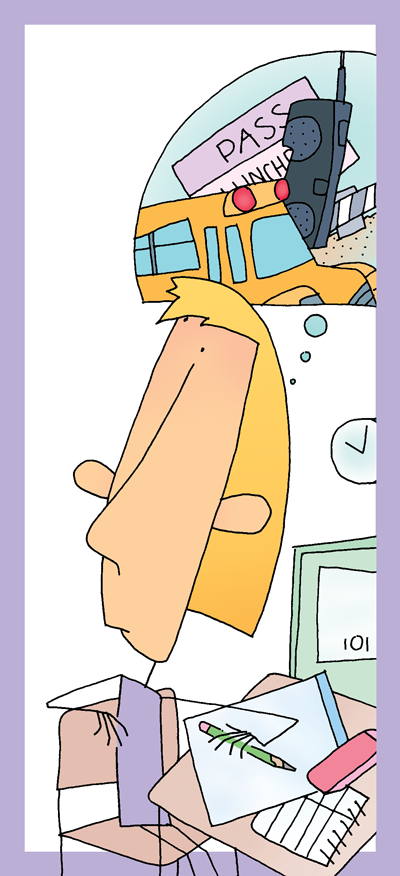Many high-stakes writing assessments, including those that test the Common Core, require students to respond to a prompt. A prompt is a compact set of writing instructions that students must follow within a set amount of time (often between 30 and 90 minutes). Answering the prompt is critical. A student could write a brilliant essay but get a low score if the essay does not target the key features of the prompt. As a result, students need a quick and accurate strategy for analyzing prompts.
How can students analyze writing prompts?
The PAST questions help students rapidly analyze the four important pieces of information conveyed by most writing prompts. PAST stands for the following:
- Purpose: Why am I writing? (To explain? To persuade? To narrate? To evaluate?)
- Audience: Who are my readers? (Test graders? Other students? The principal? Community members?)
- Subject: What am I writing about? (An experience? A person? An opinion? A reading?)
- Type: What form should my writing take? (Essay? Letter? Story? Editorial?)
Here is a typical writing prompt and an analysis using the PAST questions:
Prompt
Everyone is good at something. Some people can do a flip off a diving board. Other people know how to tend a garden. Still others are great at making friends. What do you know how to do really well? Write a set of instructions that explains to other students how to do something. Make sure to organize the steps in order so that readers can follow your instructions and learn your special skill.
PAST Analysis
- Purpose: Why am I writing?
To explain how to do something
- Audience: Who are my readers?
Other students
- Subject: What am I writing about?
Something I know how to do well and can teach others
- Type: What form should my writing take?
A set of instructions
Note that some prompts may not indicate a specific audience. In such cases, students can assume the audience for the writing to be the grader of the test.
You can use this free online minilesson to give your students practice using the PAST strategy.
How can students organize their writing?
After students have done a PAST analysis, they should jot down a quick list containing a one-sentence focus for their response and several supporting points:
Quick List
Pokemon Go is easy to play, and it gets you out walking in your community.
—Download the app.
—Customize your avatar.
—Walk to catch Pokemon.
—Evolve your Pokemon.
—Battle at gyms.
How should students manage their time?
Students should complete their PAST analysis and quick list in the first 5 minutes or so of the writing assessment. Then they should spend the bulk of their time writing their responses. Near the end, they should spend 5–10 minutes revising and editing the response, making sure it is on target with the PAST analysis. In this way, on-demand writing uses a modified version of the writing process, with a brief period of prewriting, a long period of writing, and a brief period of revising and editing.
Where can I find more support for high-stakes writing assessment?
The Write on Course 20-20 student handbook includes sample prompts, PAST analyses, planning quick lists, model responses, and guidelines for the major modes of writing. Check out these free resources available in the Write on Course 20-20 Teacher's Guide:
- Narrative Prompts and Responses
- Explanatory Prompts and Responses
- Persuasive (Argumentative) Prompts and Responses
- Literary (Fiction) Prompts and Responses
You can also find many student models with rubrics at four different levels of performance in each major mode.
